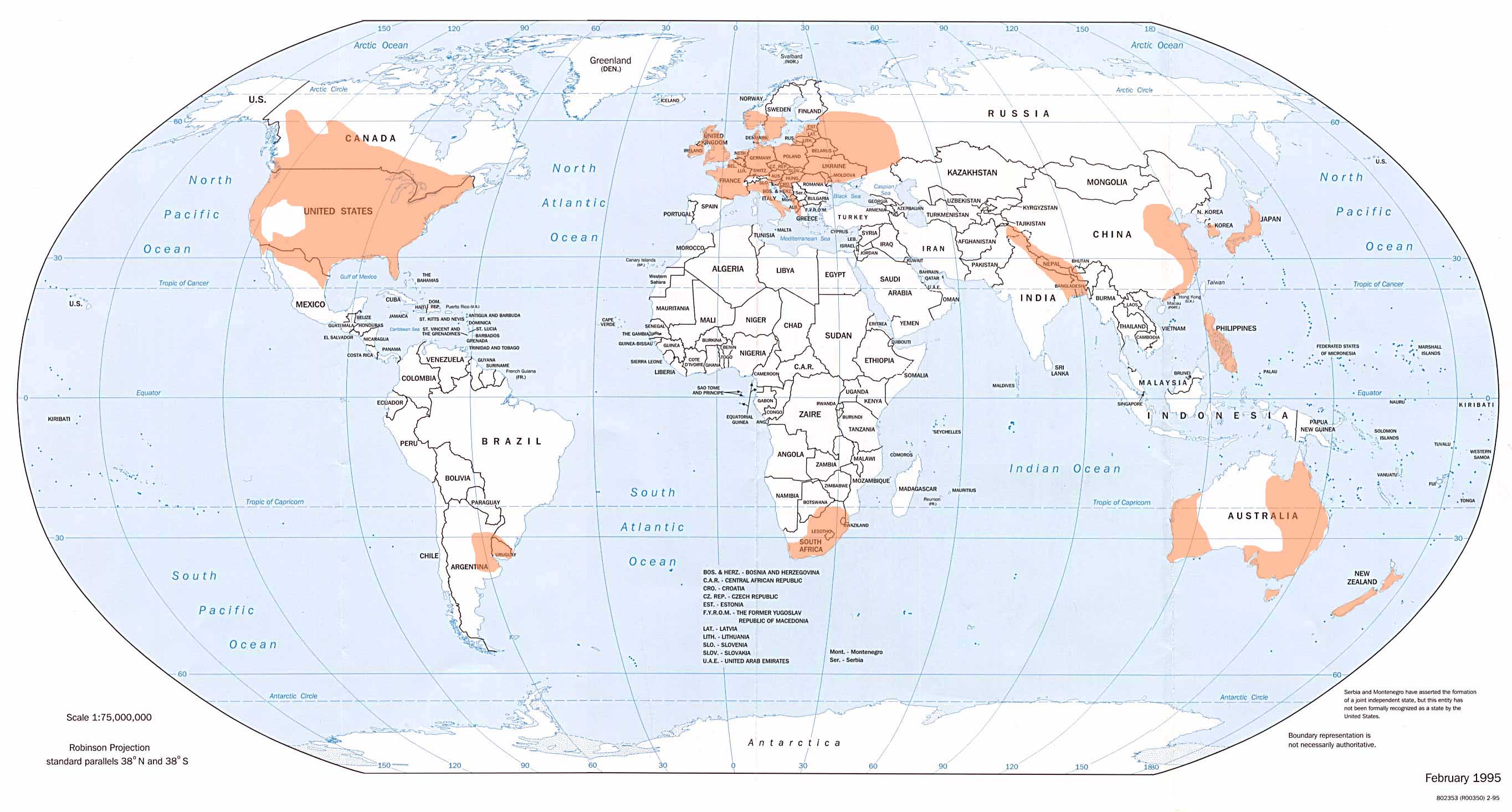From
reading the IPCC Regional Climate Projections first of all it is very likely that
all regions of Africa are going to see an increase in temperature and in a
greater amount than the rest of the globe. It is also projected that the annual rainfall
will most likely decrease and in places such as the Mediterranean and the northern
Sahara will become drier. On the other
hand there is a high likelihood that there will be an increase of precipitation
in East Africa. At this time they are unsure
of the tropical cyclone predictions that affect Africa and if they will be more
frequent and/or increase in intensity. In
general it seems as though there will be shifts in the precipitation
distribution around Africa as temperature continues to rise at a high rate.
Africa is one of the most vulnerable continents
to climate change and it is predicted that between 75 and 250 million people
will be affected by the water stress that might occur. This includes the use of water for the
production of food as there is less precipitation decreasing the production of
rain-fed agriculture to up to 50%. This
will lead to the increase malnutrition in the country as food will be harder to
grow. Another prediction is that by the
end of the 21st century, sea levels will rise and destroy
communities living in the coastal areas. Not only this but the mangroves and coral reefs
will also suffer and add more negative effects for fisheries and tourism.
As stated previously, “Africa is one of the
most vulnerable continents to climate change and climate variability” even
though farmers had tried different methods to cope with the situation it may
not be enough as the growing season will decrease drastically and places which
do not currently experience water stress will. One of the major factors that climate change
will bring is additional water stress and decrease in water availability in Africa,
many areas already have a shortage of water but this will increase with the
change in climate. Human health may also
be negatively impacted as the transmission of diseases such as malaria, dengue
fever, meningitis, cholera etc. can change.
I
think that health is the most interesting threat because it directly affects
the people and is something that gets others to listen about climate change. With the climate change it will bring continued
malnutrition to Africa as it will become more and more difficult to grow crops
as the growing days decrease. Another
thing is the spread of disease, especially malaria. If the climate changes it can possibly grow to
an environment that is good condition to spread these diseases and it would be devastating
in a place that is already so susceptible to it. This disease spread and malnutrition will
affect millions of people living in Africa and if something is not done about
it, the number of people affected will continue to increase.

"Figure 9.1. Examples of current ‘hotspots’ or risk areas for Africa: (a) ‘hunger’; (b) ‘natural hazard-related disaster risks’; (c) regions prone to malaria derived from historical rainfall and temperature data (1950-1996); and (d) modelled distribution of districts where epidemics of meningococcal meningitis are likely to occur, based on epidemic experience, relative humidity (1961-1990) and land cover (adapted from IRI et al., 2006, p. 5; for further details see also Molesworth et al., 2003; Balk et al., 2005; Dilley et al., 2005; Center for International Earth Science Information Network, 2006; Connor et al., 2006)."
"Figure 11.1. Temperature anomalies with respect to 1901 to 1950 for four African land regions for 1906 to 2005 (black line) and as simulated (red envelope) by MMD models incorporating known forcings; and as projected for 2001 to 2100 by MMD models for the A1B scenario (orange envelope). The bars at the end of the orange envelope represent the range of projected changes for 2091 to 2100 for the B1 scenario (blue), the A1B scenario (orange) and the A2 scenario (red). The black line is dashed where observations are present for less than 50% of the area in the decade concerned. More details on the construction of these figures are given in Box 11.1 and Section 11.1.2."

:Figure 11.2. Temperature and precipitation changes over Africa from the MMD-A1B simulations. Top row: Annual mean, DJF and JJA temperature change between 1980 to 1999 and 2080 to 2099, averaged over 21 models. Middle row: same as top, but for fractional change in precipitation. Bottom row: number of models out of 21 that project increases in precipitation."



